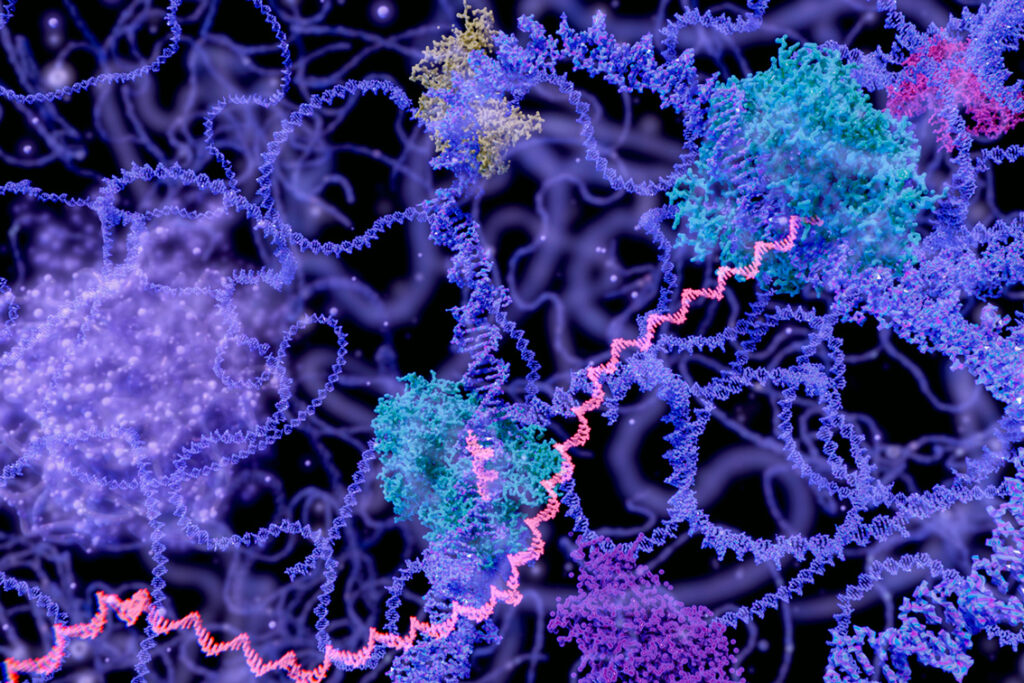Protección de Cultivos
Publicaciones destacadas
El impacto de la plasticidad reproductiva en el manejo agronómico
La plasticidad reproductiva es fundamental para estabilizar rendimientos en maíz, en situaciones de baja y ultra-baja densidad. Este trabajo presenta un nuevo marco conceptual para la plasticidad vegetativa y reproductiva en maíz, de directa aplicación agronómica.
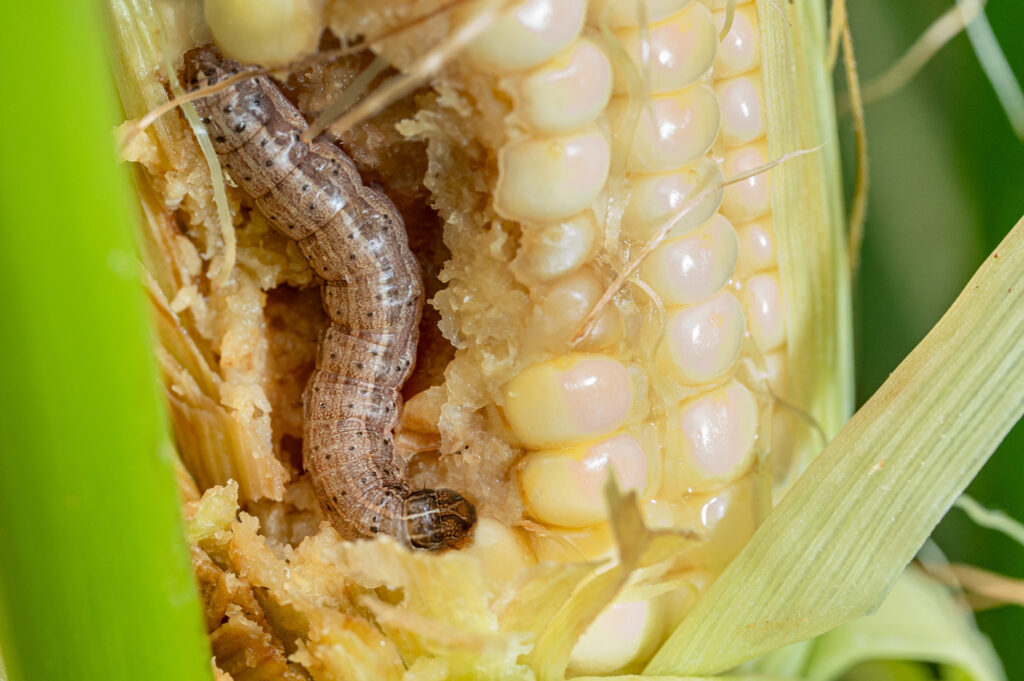
El maíz Bt, una herramienta efectiva contra el gusano cogollero
Investigamos si el gusano cogollero desarrolla resistencia a las soluciones de protección de cultivos existentes. En esta investigación, realizamos pruebas de laboratorio, de invernadero y de campo para estudiar dos proteínas específicas en maíz modificado genéticamente.
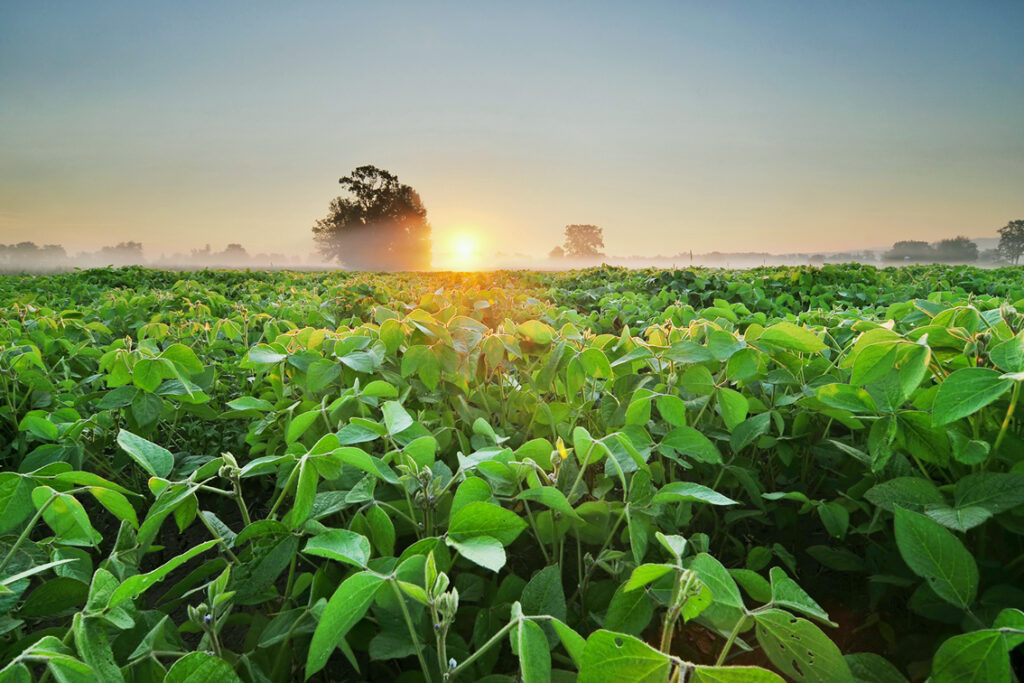
Residues of glyphosate and aminomethylphosphonic acid (AMPA) in genetically modified glyphosate tolerant soybean, corn and cotton crops
Todas las publicaciones
de Protección de Cultivos
Publicaciones
de otras áreas de investigación
Descargo de responsabilidad
Las referencias citadas son obtenidas mediante servicios de búsqueda blibliográfica, basadas en la afiliación del autor con Bayer. Esto puede conducir esporádicamente a casos en los que se hace referencia a las publicaciones de autores que se unieron recientemente a Bayer, aunque el trabajo de investigación se llevó a cabo en la institución u organización anterior del autor.
Es posible que algunas publicaciones respaldadas o patrocinadas por Bayer, pero que se desarrollen / escriban de forma independiente y / o no incluyan un autor de Bayer, no se mencionen.
Por razones de derechos de autor, el acceso al texto completo de las publicaciones depende de los derechos de acceso individuales o de la revista.
¿Qué te interesaría buscar?
Áreas de investigación
Otros contenidos
Contactános
Copyright © Bayer S.A.
El presente comunicado puede contener declaraciones a futuro basadas en suposiciones actuales y pronósticos realizados por la administración de Bayer. Varios riesgos conocidos y desconocidos, incertidumbres y otros factores podrían llevar a diferencias importantes entre los resultados futuros reales, la situación financiera, el desarrollo o el rendimiento de la empresa y las estimaciones que se proporcionan aquí. Estos factores incluyen aquellos discutidos en los informes públicos de Bayer que están disponibles en el sitio web de Bayer en www.bayer.com. La empresa no asume responsabilidad alguna para actualizar estas declaraciones a futuro o para adaptarlas a futuros eventos o desarrollos.
